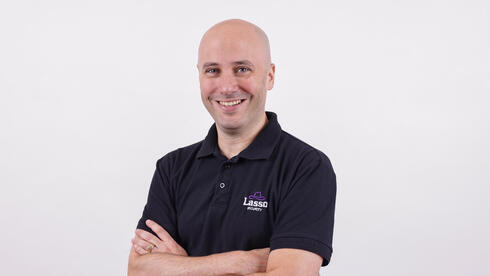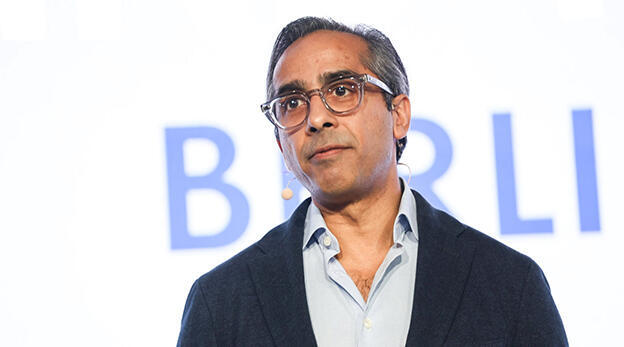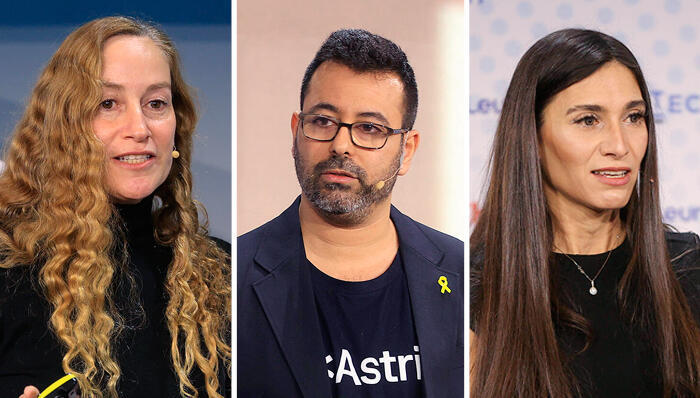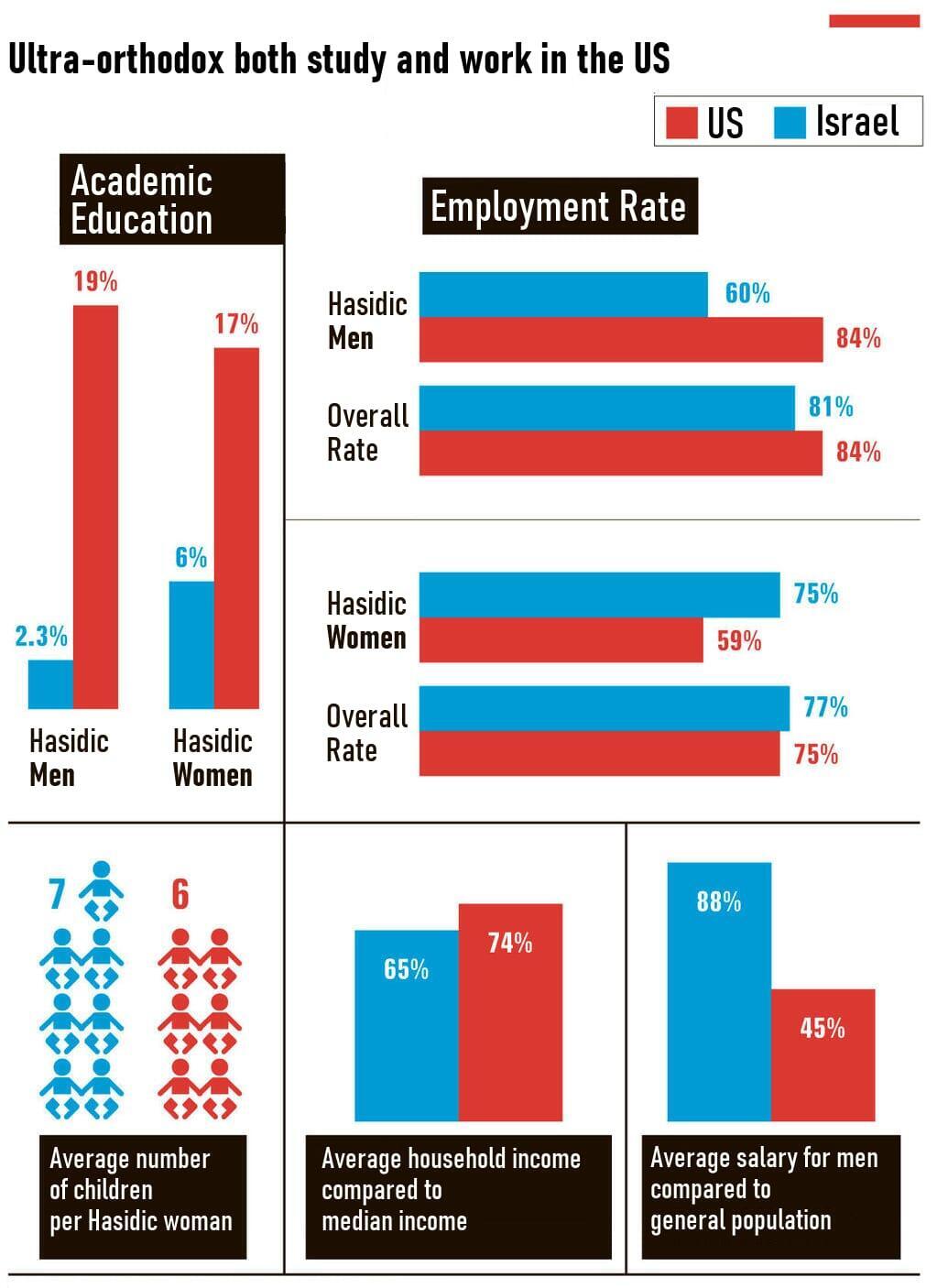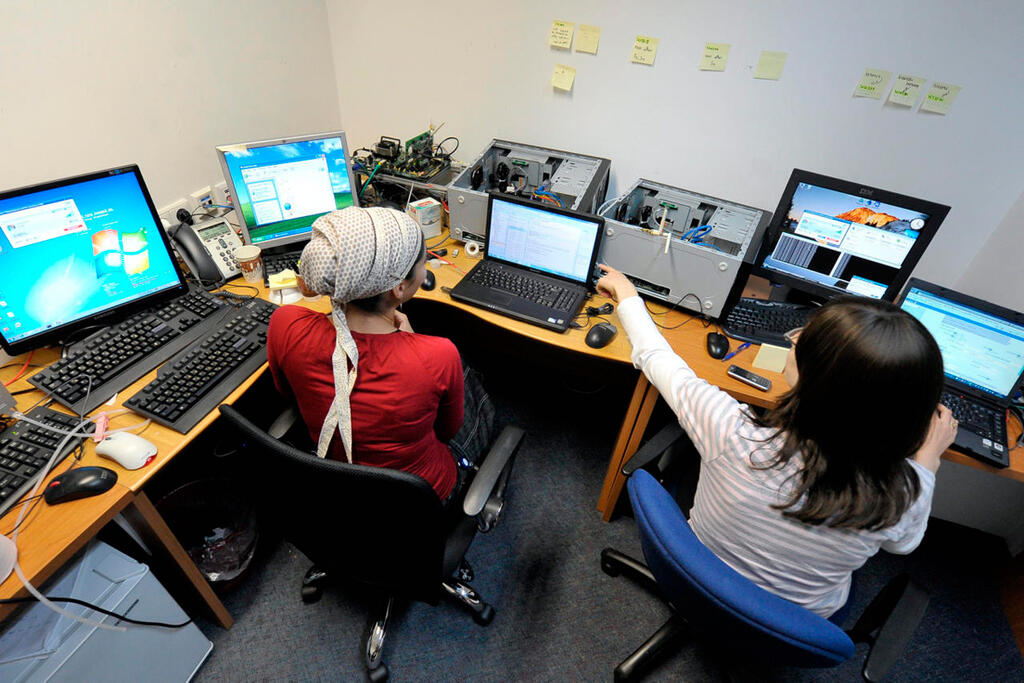
What Israel's ultra-Orthodox can—and can’t—learn from American Hasidim
A new study reveals the nature of the Hasidic community in the US. Men do indeed work more than their counterparts in Israel, and academic education is also more common among men and women. Researchers uncover surprising parallels and contradictions in ultra-Orthodox life across continents.
The ultra-Orthodox (Haredim) in America play a key role in the complex and growing tensions between Israel’s ultra-Orthodox community and broader Israeli society. First and foremost, American Haredim are a major financial lifeline for the yeshiva world in Israel. Their support came into the public eye last year when the Olam HaTorah Fund raised tens of millions of dollars to offset government budget cuts to Israeli yeshivas. While the fund’s website reports over $110 million raised, sources close to the fund cite a lower figure of $75 million. Some of the discrepancy may stem from unfulfilled pledges.
This foreign support is not new, it has long been a significant and regular component of Israeli yeshiva funding. Nearly all yeshiva heads make fundraising trips to the U.S. and South America multiple times a year.
American Haredim also serve as a rhetorical symbol in Israel’s internal debate over ultra-Orthodox integration. Politicians, academics, and even some within the Haredi community frequently argue that “Haredim in America work,” asking why Israeli Haredim cannot do the same, blending the sacred and the secular.
However, this comparison rests on shaky empirical ground. There is little robust data on Haredi life in the U.S., and even fewer studies that systematically compare American and Israeli communities. A 2021 qualitative study by Gilad Malach and Yair Ettinger of the Israel Democracy Institute found no major differences between the Hasidic education systems in the two countries. In fact, they noted a trend of “Israelization” in the U.S., where secular studies are being reduced.
Now, a team of researchers from the Aaron Institute for Economic Policy at Reichman University - Dr. Hila Axelrad, Tom Sadeh, and Dr. Itschak Trachtengot - has found a novel way to analyze the Hasidic community in the U.S. Using the American Community Survey (ACS), they focused on households where Yiddish is the primary language, an effective proxy for identifying Hasidic households, given that U.S. surveys are prohibited from asking about religion.
They identified approximately 480 such households, which they believe are representative of the Hasidic population in the U.S., estimated to comprise 63% of American Haredim. The total Haredi population in the U.S. is roughly 650,000, or about 150,000 households.
This innovative method enables comparisons between the economic and demographic profiles of Hasidic Jews in the U.S. and in Israel.
On several measures, the communities are remarkably similar. Median age at marriage is around 20 for both men and women. The average Hasidic woman in the U.S. has 5.9 children, slightly fewer than her Israeli counterpart at 6.9. Initially, the researchers examined household size when women were aged 40–44, but found this was misleading, some children were already married, so they refined the metric to women aged 35–39.
The study reveals a striking difference in academic attainment. In the U.S., 19% of Hasidic men and 17% of Hasidic women have academic degrees, substantially higher than the 2.3% of men and 5.8% of women in Israel. However, the nature of these degrees is unclear. Many (25%) studied theology, religious studies, or philosophy; 15.6% studied business, and 8.5% pursued education.
Employment figures are perhaps the most revealing. In 2023, 84% of Hasidic men in the U.S. were employed, on par with the national average, compared to just 60% in Israel. Among women, the pattern is reversed: 75% of Hasidic women work in Israel, compared to only 59% in the U.S.
As Dr. Axelrad told Calcalist, “It may be concluded that economic integration in the U.S. does not come at the expense of community cohesion. The early age of marriage and large family size suggest they remain deeply embedded in the Hasidic world.”
The study challenges the notion that low employment is an inevitable byproduct of ultra-Orthodox life. However, it does not delve into the reasons behind the differences, such as policy incentives or leadership influences. Nor does it highlight that in Israel, dual-income Haredi households are more common (56%) than in the U.S. (45%).
The explanation may lie in cultural values. In Israel, some Hasidic men are more likely to work than their Lithuanian or Sephardi counterparts because Torah study is less emphasized. In contrast, ultra-Orthodox women in Israel have embraced high employment, prioritizing Torah study for their husbands over traditional norms of modesty. Hasidic women in the U.S., however, have not absorbed this cultural shift, hence lower employment.
The researchers argue that America shows it is possible to do things differently. But they acknowledge that the U.S. model has its own limitations. Educational attainment among Hasidic Jews in the U.S. has declined, from 33% in 2006 to 19% in 2023 for men, and from 26% to 17% for women. The number of children is rising slightly, while marriage age is falling. And American Hasidic women lag behind their Israeli counterparts in workforce participation.
Income comparisons also warrant nuance. According to ACS data, median annual income for Hasidic households in the U.S. is $52,000, about 74% of the national median. By comparison, Haredi households in Israel earn about 65% of what non-Haredi Jewish households earn. In real wages, American Hasidic men earn 88% of the average U.S. wage; women earn 77%. In Israel, those figures drop to 45% and 62%, respectively.
But these figures may be misleading. Most Hasidic Jews in America live in high-cost areas like New York and New Jersey, where the state median income is around $85,000. Relative to these benchmarks, Hasidic families earn far less, under 65%. The disparity grows when compared to non-Hasidic Jews, who generally earn more than the median.
American Hasidim are far from maximizing their economic potential. Their model may offer insights, but it is not a panacea. Israeli society should be cautious in romanticizing the American Haredi experience, and policymakers would do well to continue gathering high-quality data to inform realistic strategies for integration and development.




